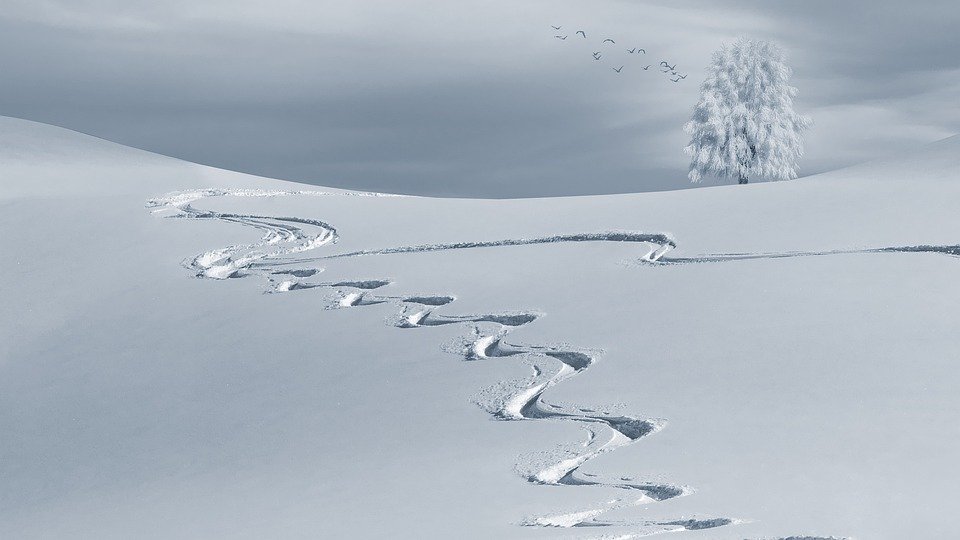Skating with tennis elbow

“I have tennis elbow, can I still skate?”
When the outside temperature starts to drop, and the snow starts to fall, you’re probably turning your thoughts to winter activities. With reports of fresh snow in the forecast, as you wax your skis, you may be wondering if you should be skiing when you’ve been diagnosed with tennis elbow.
There is no simple answer to the question, as it depends on the severity of your condition. It is helpful to talk in terms of pain levels when detecting the severity of symptoms. From zero to ten, 0 is no pain, and 10 is the pain level so high that you need to go to the emergency room.
If the pain you feel at rest is a 3 or 4 but it increases with activity, you’d better rest and rehabilitate your arm. Skiing is likely to worsen your condition. You should consider manual therapy to get you on the road to recovery. If you have 0 pain while resting, most of the day, but the pain goes up to 2 with an arm, you can consider skiing if you take some of the following tips.
First, let’s talk about your ski poles. Use both! It may seem like a good idea to ski with only one pole on your uninjured side, but this is generally not recommended. This can impair your balance and cause injury to your uninjured side. So use both poles and remember the following suggestions. Ski poles should be the right length for your height. You should be able to grab the poles with your elbows bent at 90 degrees. If your poles are too short or too long, it puts more stress on your elbow. Be sure to use a ski pole strap. It allows you to generate power from your arms with less force through your fists, which reduces stress on your elbow. Also, the lighter the shaft, the better. When you are skiing, keep your grip light on the poles. Although you can’t control the skating conditions, skating in icy conditions that are more crowded than on soft ice is certainly very annoying.
Skate smart and try to skate as little as possible. Try to ski as close to the chair lift as possible. When you need to stick, try shorter arm strokes, keeping your elbows close to your body, as opposed to long arm strokes with arms fully extended in front of you. Skate with your legs whenever possible, it’s great for core-body strength and reduces arm use.
Before and after skiing, do some forearm stretches. If you use a forearm strap, wear it when skiing. If your pain level increases at the end of the ski day, apply an 8-minute cold compress several times throughout the evening.
At the beginning of the season, plan to take several breaks during the day. Think about skiing for half a day and see how your arms feel. Remember to dress appropriately for the conditions, and keep warm, especially your hands and arms when you have tennis elbow.
Listen to your body and have fun!